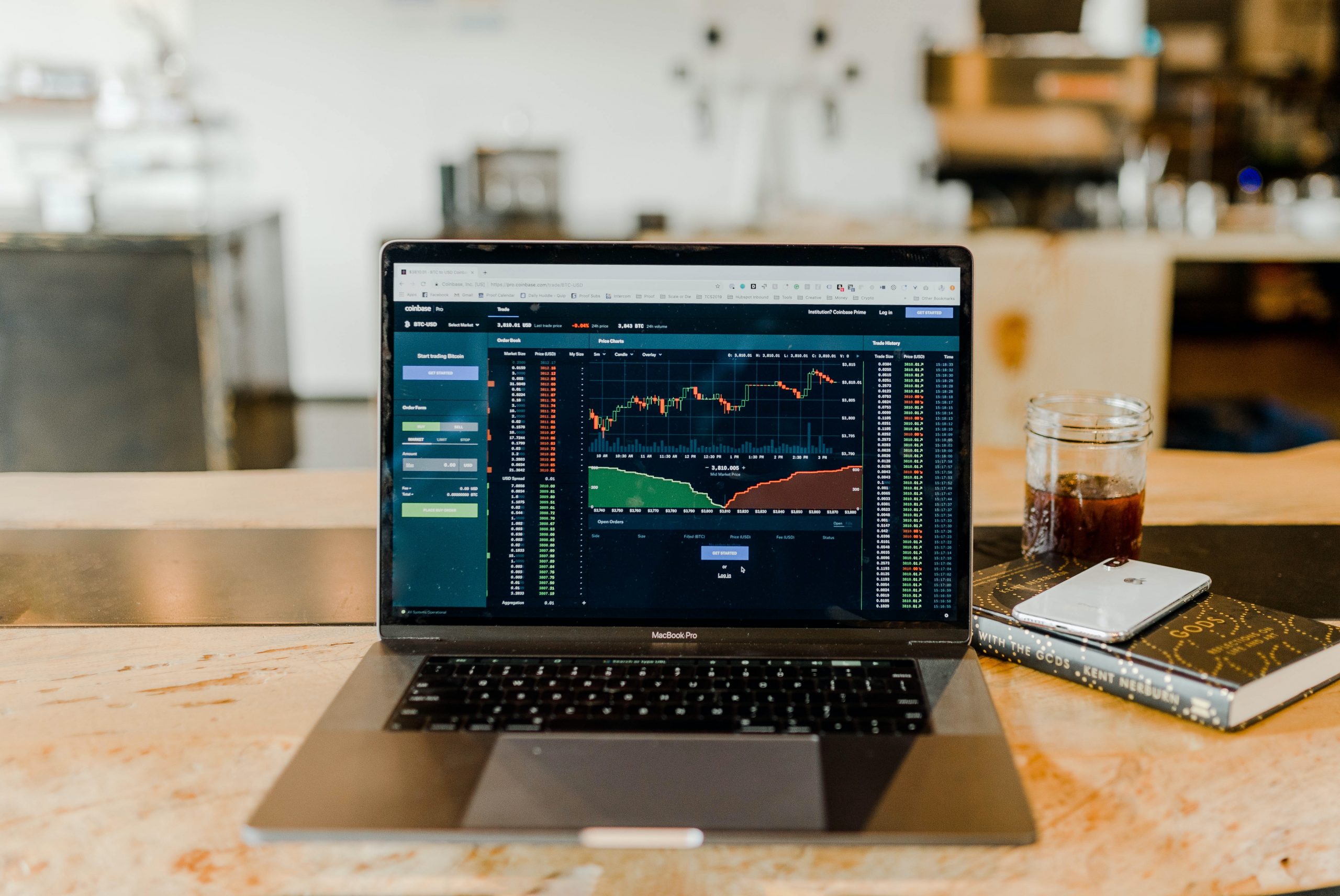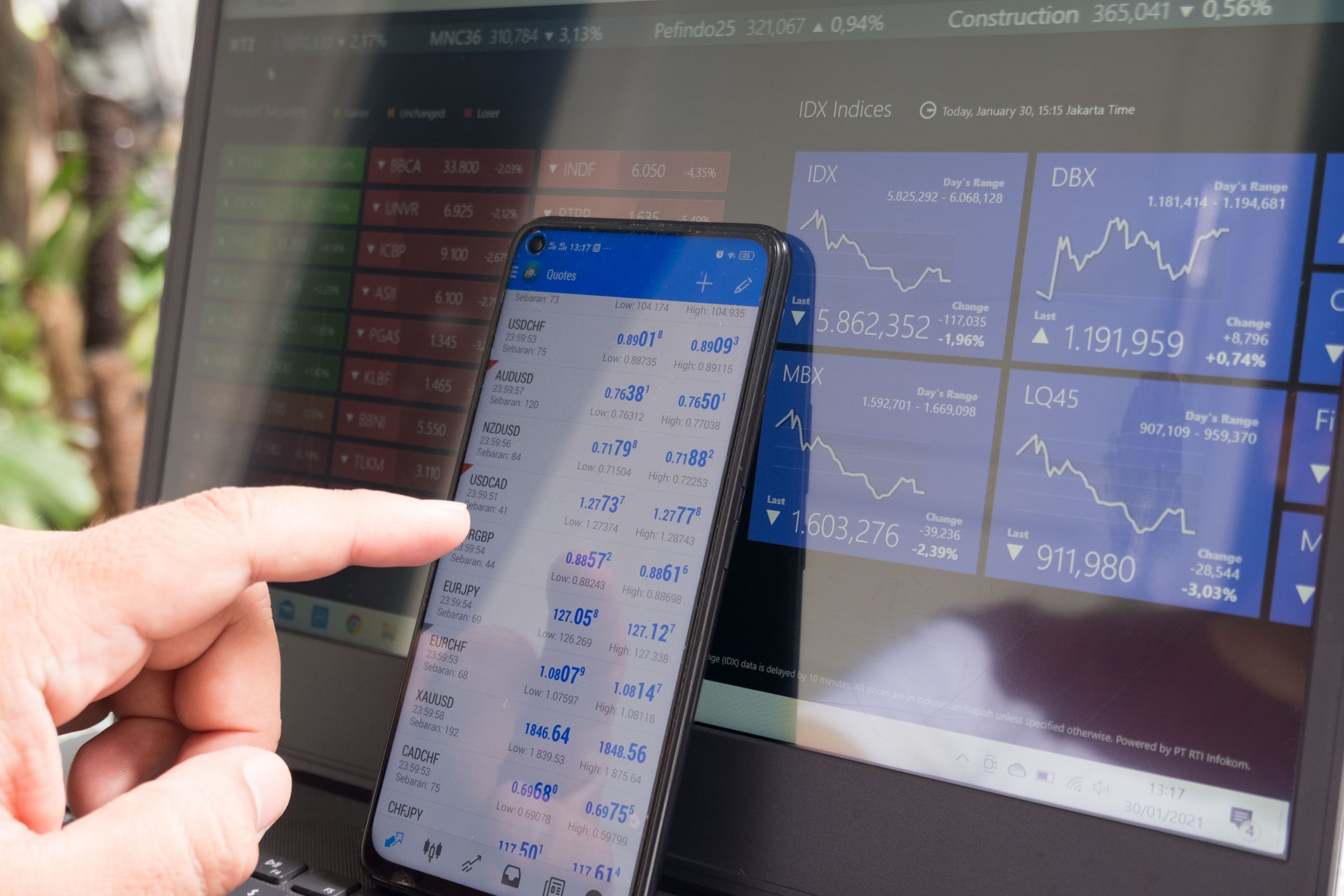The concept of Forex or the Trade Exchange Market has been around for an eternity. Right from the time of kings who have ceased to exist to contemporary governments, there has always been the trading of assets and currencies in exchange for goods and services. This guide is of Forex Trading for Beginners.
Forex, also known as the Foreign Exchange market, is the most extensive global business for forex trading for Beginners, with an estimated daily turnover of around 6 trillion dollars. Participants in the Forex market include several central world banks, trading companies, and trading speculators like world governments among others.
There are multiple levels of access in the foreign exchange market. The amount of money traded determines the levels of access that make up the foreign exchange market. It involves the exchanging of currencies to gain a profit. For traders in India, Forex allows the trading of INR-based currency pairs alone. The market value of currencies keeps varying over time due to different socio-economic factors. Consequently, this disparity in prices allows traders to make profits with the exchange of currency pairs. A currency pair always has two currencies, with the former being the ‘base currency and the latter known as the ‘quote currency.’ ( Forex Trading for Beginners )
While the thought of forex trading for Beginners and raking in money can be thrilling to think about, everyone starts from scratch. It is indeed a risky venture and one with lots of regulations, and trading without proper knowledge will not guarantee instant success.
Also Read: Marketing Ideas for Business: 15 Creative Ideas
How To Start Forex Trading for Beginners?
Understanding the mode of execution & basic terminology is the first step to learn forex trading. Starting with an online course by someone who holds in-depth knowledge in this field should be your foremost preference. Valuable expertise brings the ins and outs of trading.
Gain knowledge on how the market operates, how trades are made, calculating your trading costs, using market analysis techniques, calculating risk rewards & trade sizing, and setting a standard for yourself by creating your style.
Start Practicing on Demo Platforms or With a Virtual Forex Trading Account.
Don’t try jumping in and risking real money; instead, start your progression using a demo trading account that uses virtual currency with the same environment as the actual market condition. A demo platform lets you experiment with your strategies and capital management techniques to make sure you don’t make any errors costing you real money in the process.

Set Up a Brokerage Account ( Forex Trading for Beginners )
Research into different brokerages with significant experience in the industry. Beginners should set up a micro forex trading account with low capital requirements. Such accounts have variable trading limits and allow brokers to limit their trades to as low as 1,000 units of a currency.
It is vital that the brokerage is regulated by a central body and is open to the government, assuring you of their honesty and transparency. Hence, you should take your time to examine a broker because one wrong decision can be high-priced. While selecting a broker, verify that –
- SEBI authorizes the broker
- A high leverage ratio is provided against low margins
- The structure is low and flat.
- They do not charge commissions; they profit from pips between buying and selling price.
- It should have a good reputation. And has accurate forex trading platforms.
Also Read: Bill Flow Errors: 6 Ways to Avoid in Business
Devise a Winning Strategy ( Forex Trading for Beginners )
A fundamental necessity to become a prolific trader is finding a successful trading strategy that can be used time and again without difficulty. You should choose a simple method; make sure that it has clear rules and is repeatable.
Analyze The Market
Experts commonly believe in three types of analysis. They are-
- Technical Analysis involves reviewing previous trends or past events by studying data charts, examining records, and other technical indicators. Technological advancements have also introduced software in which traders teach them to look for specific indications and decipher them into producing buy or sell verdicts.
- Fundamental Analysis involves tracking the nation’s economic figures like GDP, interest rates, and other financial data to assess their trading decisions.
- Sentiment Analysis involves being positioned toward one direction, implying that most traders are already committed to a particular position. Hence, bullish or bearish is the moods of the market. While it is not always intelligible to predict the market sentiment, you can always influence your trades.
Placing Your Order
Traders have to make sure their orders are placed correctly according to their mode of entry and exit of the market. Some standard methods that are predominantly followed are –
- Market orders – You instruct your broker to execute your buy/sell at the current market rate.
- Limit orders – You notify your broker to administer a trade when the currency reaches a specific price. Implying, your broker will buy currency when it reaches a particular price or sells if it gets lowered at a specific price.
- Stop orders – It involves your personal preference to buy currency above the current market price in the calculation that its value will increase or sell the currency below market price to cut losses.
Also Read: Business Success During Post COVID-19 World
Keep Track of Your Position Every Day
Once you start a serious business, make sure to check your position at the end of the day. You should not have any pending positions. Hence, that adequate cash is waiting for you to make subsequent prospective trades.
Keep a firm eye on your profits and losses. While the market is highly elastic and has many ups and downs, a steady mind and proper analysis besides your reliable strategy should help you swim the tide and attain your profits.
Forex Trading for Beginners Strategies to Remember:
Choose your time-frame
- Long-term trends –Taking a long-term approach, also referred to as position trading, involves holding a transaction for an extended period while analyzing all the factors that affect a currency pair. One common approach is to look at the 200-day moving average. It represents the average closing price for the last 200 business days of a given currency pair. If played correctly, a long-term position can be much more beneficial than several short-term positions. However, such a trend ties the hands of the trader with limited trading opportunities.
- Short-term trends – Day trading is standard where individuals trade and all positions are closed on the same day. This could potentially be a single or multiple trades, and this requires the investment of one’s time for substantial periods throughout the day. ( Forex Trading for Beginners )
Also Read: Online Business Success : 6 Brilliant Ways
Make use of technology
Install apps that keep you informed of price movements while you are not active. Artificial intelligence and machine learning models can help you in terms of data analysis and expedite focus on transactions.

Set up trading orders
Most Forex Trading for Beginners platforms allow you to establish a limit, stop-loss, or other entry/exit orders to help you not miss entry or exit positions. The benefit is that you don’t have to monitor regularly to check how a stock performs.
Risks?
In forex trading, there are significant risks that you need to keep an eye on. They are-
- Transaction risk: The time delay when there is a change in the exchange rate before the transaction settlement.
- Economic risk: Exchange rate fluctuations may cause company’s market value fluctuations. Mainly arising due to macroeconomic circumstances.
- Translation risk: The companies dealing in foreign currencies or contain assets in foreign jurisdictions contains Translation risk.
However, you can limit the risks by not trading based on borrowed funds and not stretching yourself. Like any type of trading, there might be days when every trade works your way or can just be the polar opposite. What matters is how well you manage to take hold of the situation, perform your strategy, and rake in the profits.
Also Read: Business Loan: Top 5 Requirements for Getting Business Loan
Conclusion ( Forex Trading for Beginners )
As we can conclude, the forex market is the most volatile and open-ended. There is a lot for a beginner to learn, as theory and practice go hand in hand, and it is important to get your hands on practical trading. Hence, this guide will help in Forex Trading for Beginners.
Also Read: Reduce Business Expense: 8 Effective Ways